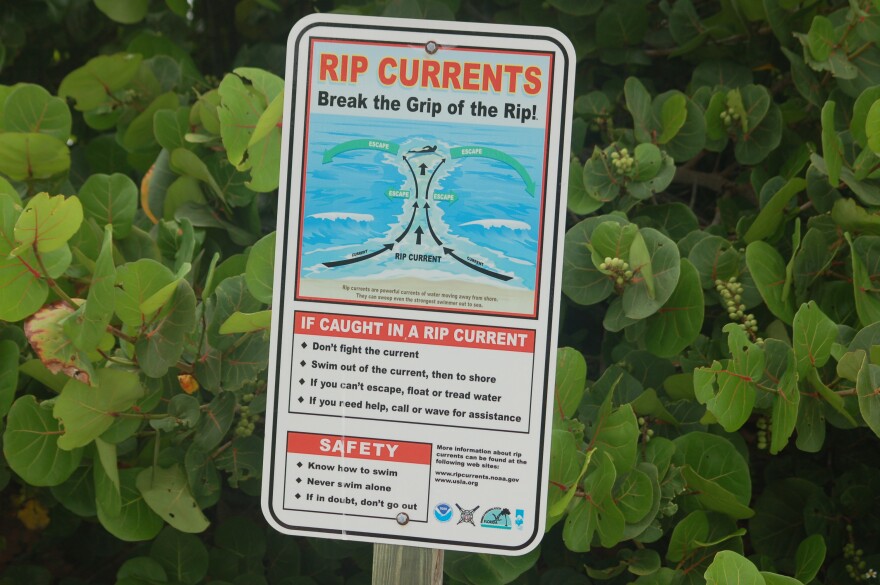Strong rip currents prompted lifeguards to pull about 200 swimmers from the Atlantic Ocean in Virginia and North Carolina over the holiday weekend.
Tom Gill, chief of the Virginia Beach Lifesaving Service, told The Virginian-Pilot that the city's more than 180 rescues were high even for a holiday weekend.
Gill said that three of the rescued swimmers were taken to hospitals for treatment after appearing to have inhaled water.
Virginia Beach lifeguards had been flying red flags to warn of dangerous rip currents. But it was difficult to keep people out of the water given the hot weather, Gill said.
“It’s hot and people want to get in the water and need to get in the water,” he said. “And we understand that.”
On North Carolina's Hatteras Island, authorities reported 21 rescues over the weekend, the Pilot reported.
The rescues in Virginia and North Carolina follow at least 10 deaths last month that authorities attributed to rip currents along the Gulf of Mexico in Alabama and Florida.
Rip currents typically cause more than 100 deaths a year, according to the United States Lifesaving Association. So far this year, the National Weather Service reports on its website that 57 people have died in the U.S. from rip currents through July 1.
A rip current is a powerful, narrow channel of water flowing away from the beach and often extending through the breaker zone where waves form. They can emerge regardless of surface weather, and can quickly sweep even the strongest swimmer out to sea.
“A rip current, basically, is water likes to go downhill. When breaking waves hit the shore, they get pushed up the beach,” said Daniel Noah, Warning Coordination Meteorologist with the National Weather Service office in Ruskin, Florida. “It’s trying to find the easiest way to get back into the water. And it finds these rip current channels and it can rapidly move back into the Gulf or the ocean.”
“The movement of water has a lot of force,” he added. “It’s dangerous for kids, it’s dangerous for adults, it’s dangerous for vehicles.”
The Virginian-Pilot previously reported that the odds of drowning are far less when someone is swimming near a lifeguard.
“Swim near a stand, wear a life jacket if you aren’t a good swimmer, learn how to spot a rip area,” Gill told the newspaper in 2019.






